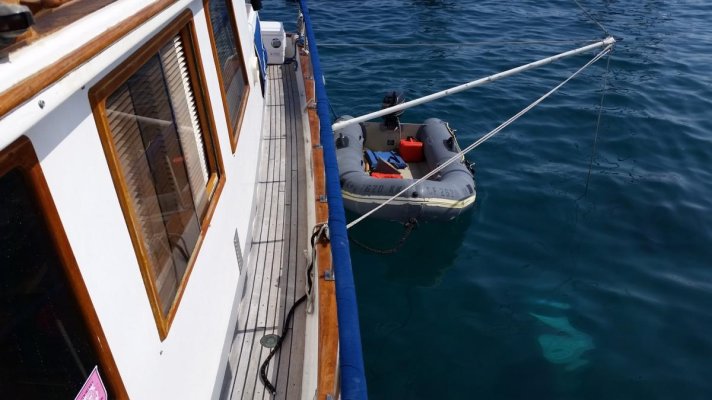Boat CHB34, flopper stopper rig installed by previous owner. Rig works great at anchor. Existing line is 3/8" 3 braid nylon and there is significant stretch when the boat rolls.
Can I replace all line with 3/8" double braid poly (sheet line)? Or, should I maintain some nylon in specific locations to reduce shock load on the mast?
What is the ideal pole angle? How much load should be on the fore / after lines vs top of the mast?
Thanks
Can I replace all line with 3/8" double braid poly (sheet line)? Or, should I maintain some nylon in specific locations to reduce shock load on the mast?
What is the ideal pole angle? How much load should be on the fore / after lines vs top of the mast?
Thanks






